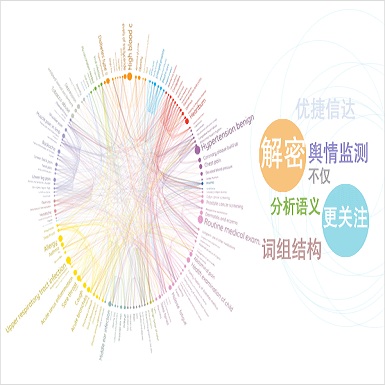The predominant challenge in weakly supervised semantic parsing is that of spurious programs that evaluate to correct answers for the wrong reasons. Prior work uses elaborate search strategies to mitigate the prevalence of spurious programs; however, they typically consider only one input at a time. In this work we explore the use of consistency between the output programs for related inputs to reduce the impact of spurious programs. We bias the program search (and thus the model's training signal) towards programs that map the same phrase in related inputs to the same sub-parts in their respective programs. Additionally, we study the importance of designing logical formalisms that facilitate this kind of consAistency-based training. We find that a more consistent formalism leads to improved model performance even without consistency-based training. When combined together, these two insights lead to a 10% absolute improvement over the best prior result on the Natural Language Visual Reasoning dataset.
翻译:管理不力的语义拼法的主要挑战是,那些评估错误原因纠正答案的虚假程序。 先前的工作使用精心设计的搜索策略来缓解虚假程序的普遍程度; 但是,它们通常每次只考虑一个输入。 在这项工作中,我们探索了输出程序对相关输入的一致性,以减少虚假程序的影响。 我们把程序搜索(以及模型的培训信号)偏向于将相关输入中的同样短语映射到各自方案中同一分部分的方案。 此外,我们研究设计逻辑形式主义的重要性,以促进这种基于一致性的培训。 我们发现,即使没有基于一致性的培训,更加一致的形式主义也会导致模型性能的改进。 如果将这两种认识结合起来,则会比自然语言视觉解释数据集的先前最佳结果提高10%。



